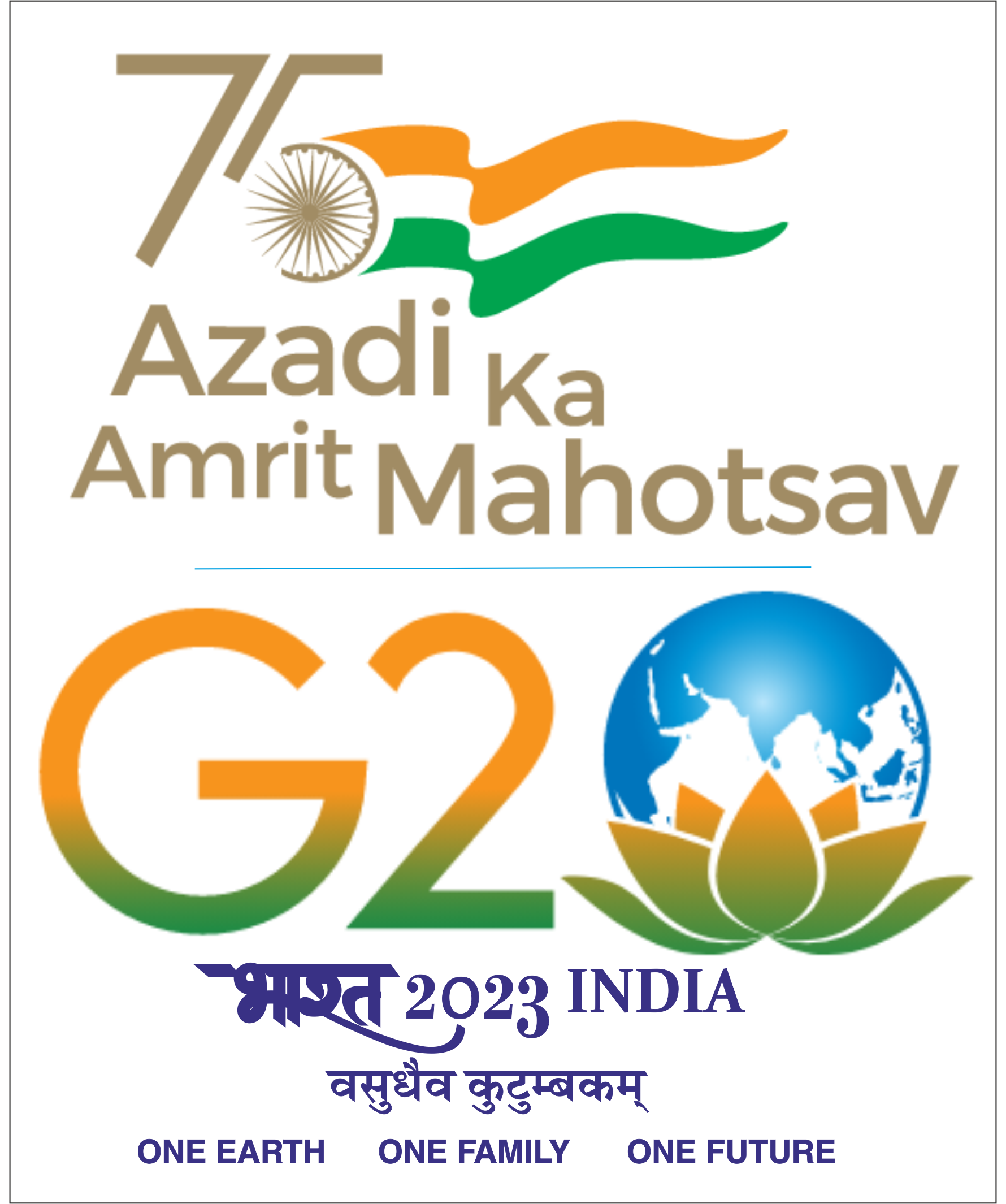Mr. Afsal Najeeb will present his Pre-synopsis as per the details below:
Date: 12th March 2025
Time: 09:00–10:00 AM (IST)
Meeting Link: https://monash.zoom.us/j/8189710711?pwd=IsS0HyJg4UBaEnQbN7F1OIiSBVzpFJ.1...
Meeting ID: 818 971 0711, Password: 112200
Title: Analyzing the pathways of Indian residential electricity consumption using a bottom-up modelling approach
Guides: Prof. Anand B Rao, Prof. Satish B Agnihotri, Prof. Vinod Mishra, and Prof. Srinivas Sridharan
RPC Members: Prof. Mita Bhattacharya, Prof. Santanu Bandyopadhyay
Abstract:
Residential electricity consumption in India has been increasing rapidly and contributes to over a quarter of the country’s total electricity consumption. The sector is dynamic and diverse with wide variations in consumption levels across geographic regions, states and social groups. Attempts to model residential electricity consumption in India has relied upon a top-down macroeconomic approach mostly focusing on price or income elasticity. The research aims to create bottom-up models of residential electricity consumption in India using disaggregated household level data. A systematic review of literature revealed about one hundred and thirteen factors which have been used to model REC across countries of South, South East Asia. Twenty of them were identified to be widely used. A conceptual model for studying REC was framed, with inspirations from the Human Ecosystem Model found in interior design literature. A bottom-up model of REC for India was formulated using a suitable dataset, to understand the drivers of residential electricity consumption. The results indicate a difference in urban income elasticity of consumption and rural price elasticity than previously understood. Further, REC models which would be suitable for district levels were developed using variable selection methods. As variable selection methods are suited best for cross sectional data, a sparse matrix-based approach was used to create district level models using panel data. District level models for Nashik, Thiruvananthapuram, Rajkot, Ludhiana and North 24 parganas were built. The models excluded between six and eight variables and indicated stable performance, across variations of input data and variations of parameters. The results present a possible method for creating district specific modelling approaches for residential electricity and other utility services. The research contributes to an improved understanding of the determinants of REC in India. The district level modelling approach developed can be used for local level planning for electricity consumption for the residential sector.





